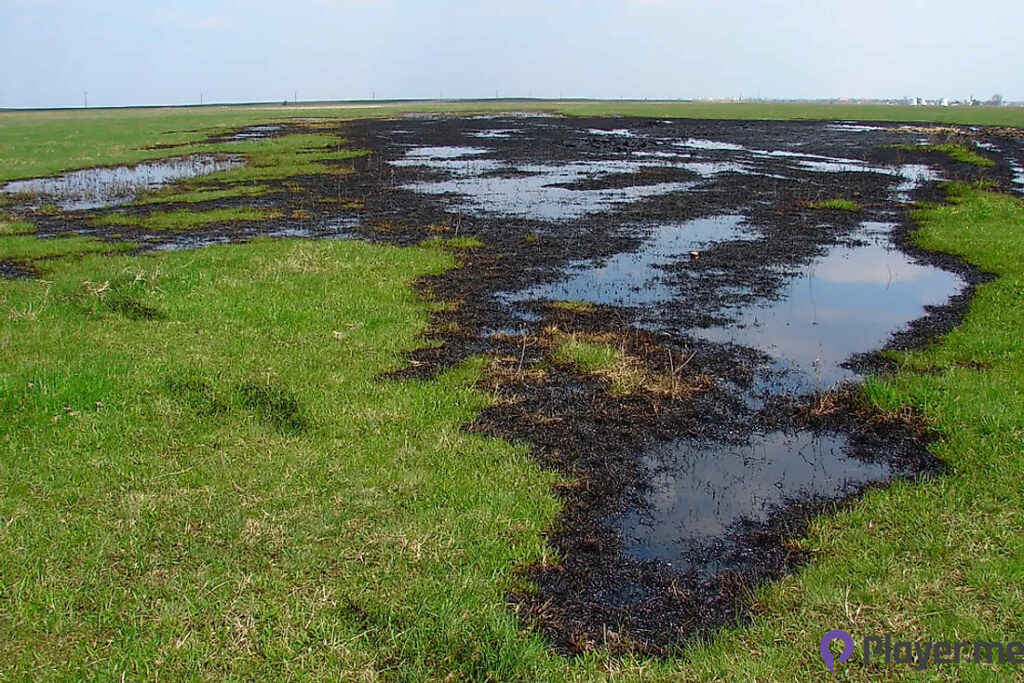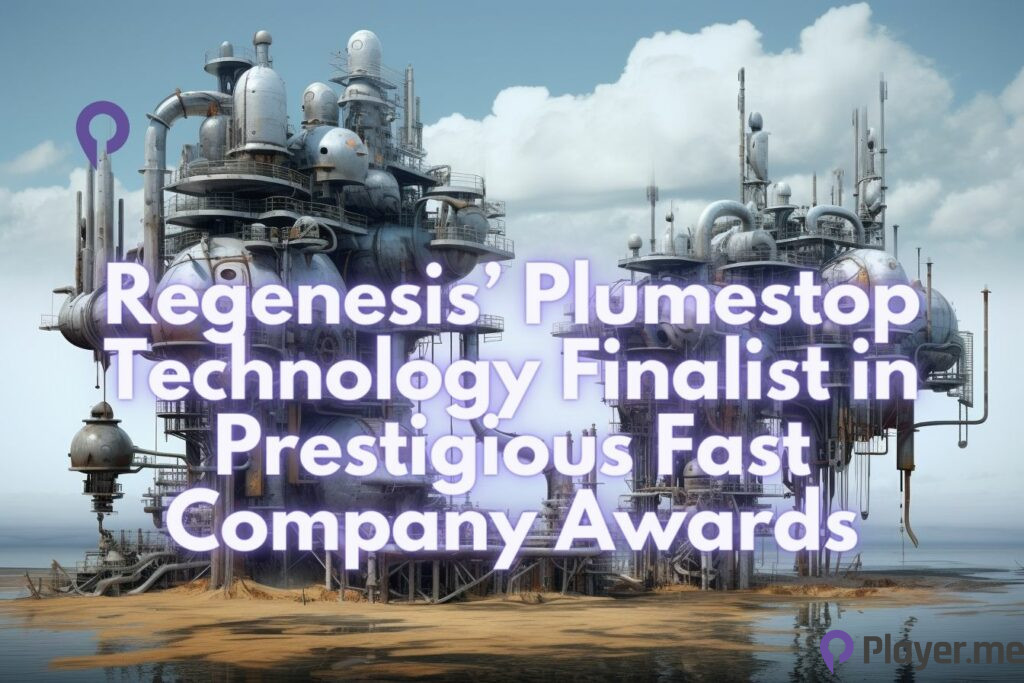Although most awards for technological innovation these days go toward AI and other niches, environmental technology is no less important. Innovations to foster environmental sustainability have become crucial, given the rate of nature degradation that occurs today. With greenhouse emissions rising at an alarming rate and natural resources like land and water being polluted, there is a need for serious attention here. And companies that continually devise ways to reverse environmental damage can expect plaudits.
Also Read: Using Generative AI to Resurrect the Dead Will Create a Burden for the Living
The Problem of Groundwater Contamination
Groundwater contamination is almost always a result of human activity and occurs in regions of high population density and extensive land activity. Any activity that accidentally or intentionally releases waste or chemicals into the environment can pollute groundwater. When this occurs, clean-up is tough and expensive to carry out. Groundwater can become contaminated by various industrial, commercial, municipal, and residential activities. For instance, spills or releases from stored industrial waste can reach and contaminate groundwater. Additionally, improper disposal of hazardous waste, landfills, surface impoundments, sewers, pesticide use, and drainage wells are all sources of groundwater contamination.
Read More: Microsoft Secures Call of Duty Deal on PlayStation
Effects of Groundwater Contamination

Contaminated groundwater leads to reduced water supply and poor drinking water quality. It also results in degraded surface water systems, potential health issues, high clean-up costs, and high costs for alternative water supplies. As groundwater mostly moves slowly, contamination can remain undetected until the problem becomes widespread. At this stage, it is often difficult, if not impossible, to facilitate a cleanup. Even if possible, it costs a lot of money to undertake.
Decontaminating Polluted Groundwater
After the contaminant source has been eliminated or safely diverted, the next stage is to treat the groundwater. One way to do this is to contain the contaminant to prevent it from migrating to other ground water sources. Alternatively, the water can be pumped, treated, and returned to the aquifer. The contaminant can also be left to attenuate naturally after an appropriate source control technique is implemented. Choosing the best remedial technology depends on several site-specific factors. It also considers the set cleanup targets passed on likely environmental and human health risks. There are different remedial techniques used in treating contaminated groundwater. However, the approach depends on local hydro-geological conditions, which must first be assessed before anything else.
Related: Hollywood Strikes Reveal AI Trust Issues: Observer View
Regenesis’ Plumestop Groundwater Remediation Technology

One of the global leaders in vapour intrusion mitigation and ground water remediation technology, Regenesis, recently developed a method for treating ground water contaminants. This patented technology has proven efficient at treating contaminants such as chlorinated solvents and polyfluoroalkyl substances. This innovation has led to the solution being named a finalist in Fast Company’s Innovation by Design Awards for 2023. Scott Wilson, the President and CEO of Regenesis, remarked, “PlumeStop was conceived as a revolutionary environmental solution aimed at mitigating threats posed by groundwater contaminants on a global scale. Over time, it has gained widespread adoption for its exceptional ability to mitigate PFAS risk, all while maintaining lifecycle costs at a mere fraction of alternative treatment technologies currently available.”
Incorporating the Plumestop Solution in Groundwater Contamination
The PlumeStop PFAS treatment transforms the underlying geology into a purifying filter, subsequently preventing the spread of the contaminant. Various industrial manufacturing facilities have employed the technology to great effect. Unlike other techniques, PlumeStop does not transfer waste to other facilities or generate new stream wastes. Furthermore, it has few infrastructural requirements, reducing the need for operation, installation, and maintenance. Plus, the solution has proven long-term efficiency at costs much lower than other PFAS treatment techniques.
Conclusion

The Fast Company media brand is fully dedicated to recognising brilliance in business, innovation, and design. Regenesis’ PlumeStop ground water contamination technology has received due plaudits for contributing to environmental sustainability. In the future, the world can look forward to more such innovations in various aspects of the environment for the benefit of all.
Frequently Asked Questions
How Effective Is Plumestop?
The problem with most PFAS containment technologies is that they often involve the transfer of waste to incineration facilities and landfills. While this may effectively treat groundwater contamination, it causes additional problems for humans and the environment. Plus, they are often costly. PlumeStop is an innovative solution for treating groundwater contamination to maximum efficiency and at reduced cost.
What Is Groundwater Contamination?
Groundwater contamination occurs when artificial products such as gasoline, oil, road and harmful chemicals enter into the groundwater and cause it to become unsafe and unfit for human consumption. Materials from the land’s surface can move through the soil and end up in the groundwater. For instance, fertilisers can migrate into groundwater sources over time. Furthermore, toxic substances from mining sites can seep into groundwater.
What Are the Potential Sources of Groundwater Contamination?
Storage tanks are some of the major sources of groundwater contamination, as they contain chemicals, oils or gasoline that are either below or above ground. Septic tanks can also cause groundwater contamination, especially when they are inadequately constructed, located and designed. Other sources of groundwater contamination include uncontrolled hazardous waste, landfill chemicals and road salts.





